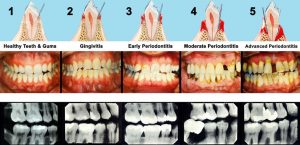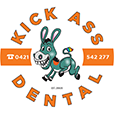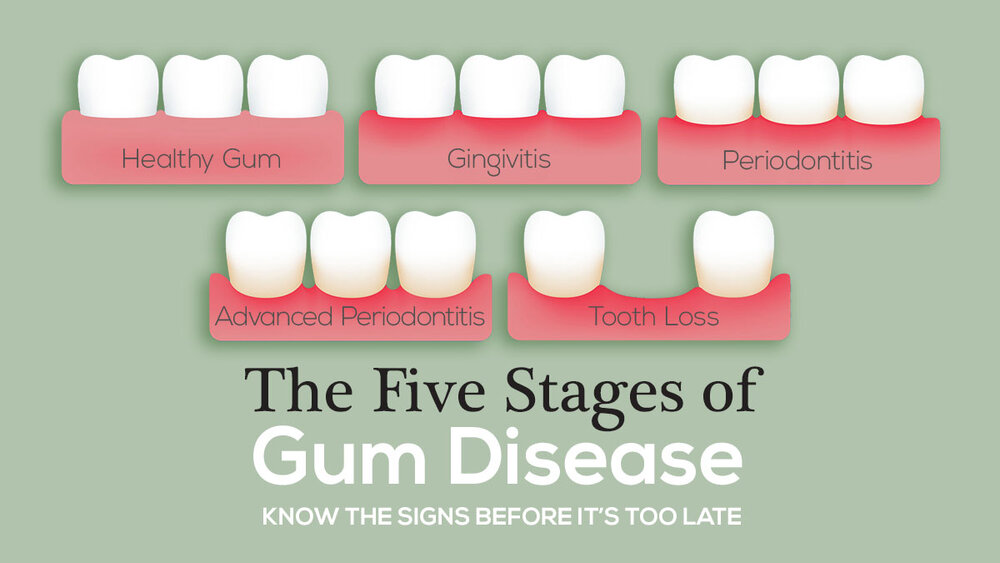Three Signs of Gum Disease: Recognizing the Early Symptoms
Gum disease, also known as periodontal disease, is a common oral health condition that affects millions of people worldwide. It is caused by bacteria in dental plaque, which can lead to inflammation and infection of the gums if left untreated. Recognizing the early signs of gum disease is crucial for timely intervention and effective treatment. In this article, we will explore three key indicators that can help you identify gum disease in its early stages. What are three signs of gum disease?
1. Gum Bleeding
One of the primary signs of gum disease is bleeding gums. If you notice blood when brushing or flossing your teeth, it could be an indication of gum disease. Healthy gums should not bleed during routine oral care. When gum disease is present, the bacteria in plaque cause inflammation, making the gums more sensitive and prone to bleeding.
If you experience persistent gum bleeding, it’s important to consult with a dentist. They can evaluate your oral health and determine if gum disease is the underlying cause. Early detection and treatment can help prevent the condition from progressing and causing further damage to the gums and supporting structures.
2. Gum Recession
Gum recession refers to the gradual loss of gum tissue, leading to exposed tooth roots. While gum recession can occur due to various factors, including aggressive brushing or poor oral hygiene, it is also a common symptom of gum disease. As the infection progresses, the gums recede, creating gaps between the teeth and gumline.

Receding gums not only affect the aesthetics of your smile but also pose oral health risks. Exposed tooth roots are more susceptible to tooth sensitivity, decay, and damage. Additionally, gum recession can result in pockets or spaces between the teeth and gums, providing a favorable environment for bacteria to thrive and further aggravate gum disease.
If you notice that your gums are receding or that your teeth appear longer than usual, it is crucial to seek dental attention promptly. A dentist can evaluate the extent of gum recession and recommend appropriate treatment options to halt the progression of gum disease and restore gum health.
3. Persistent Bad Breath
While occasional bad breath is normal, persistent and unexplained halitosis (bad breath) can be an indication of an underlying oral health issue, including gum disease. The bacteria responsible for gum disease release toxins that contribute to foul-smelling breath.
Furthermore, as gum disease progresses, the presence of deep gum pockets and infection can exacerbate bad breath. These pockets trap food debris and bacteria, creating an ideal environment for oral bacteria to thrive and produce unpleasant odors.
If you find that your bad breath persists despite practicing good oral hygiene habits, it’s crucial to consult a dental professional. They can assess your oral health, identify the underlying cause of your bad breath, and provide appropriate treatment to address the gum disease and freshen your breath.
Conclusion
Gum disease is a common yet preventable condition that can lead to serious oral health issues if left untreated. By recognizing the early signs of gum disease, such as gum bleeding, gum recession, and persistent bad breath, you can take proactive measures to seek timely dental care and prevent further damage.
If you experience any of these signs, it’s essential to schedule an appointment with a dentist for a comprehensive evaluation. They can diagnose the condition, recommend appropriate treatment options, and provide guidance on maintaining optimal oral health to prevent gum disease in the future. https://kickassdental.com.au/

Remember, regular dental check-ups, practicing good oral hygiene, and adopting a healthy lifestyle are key factors in preventing gum disease and maintaining a healthy smile. By staying proactive and attentive to your oral health, you can ensure that your gums remain strong and disease-free.
In conclusion, recognizing the early signs of gum disease is crucial for prompt intervention and effective treatment. If you notice any of the three signs mentioned in this article—gum bleeding, gum recession, or persistent bad breath—it’s important to seek professional dental care. Remember to schedule regular check-ups with your dentist and maintain a diligent oral hygiene routine to minimize the risk of gum disease. By taking proactive measures, you can safeguard your oral health and enjoy a beautiful, healthy smile for years to come. What are three signs of gum disease?





